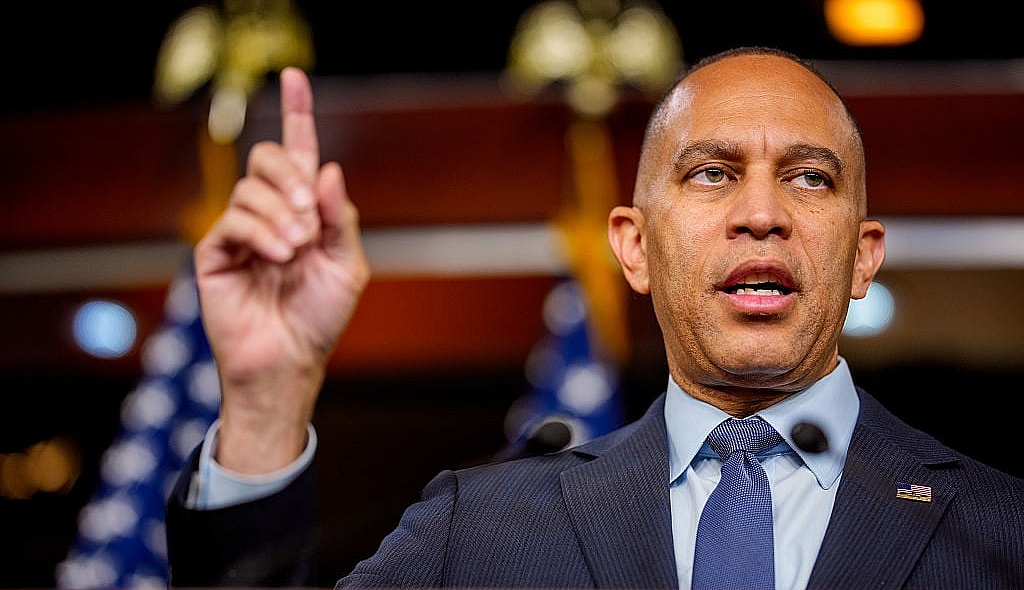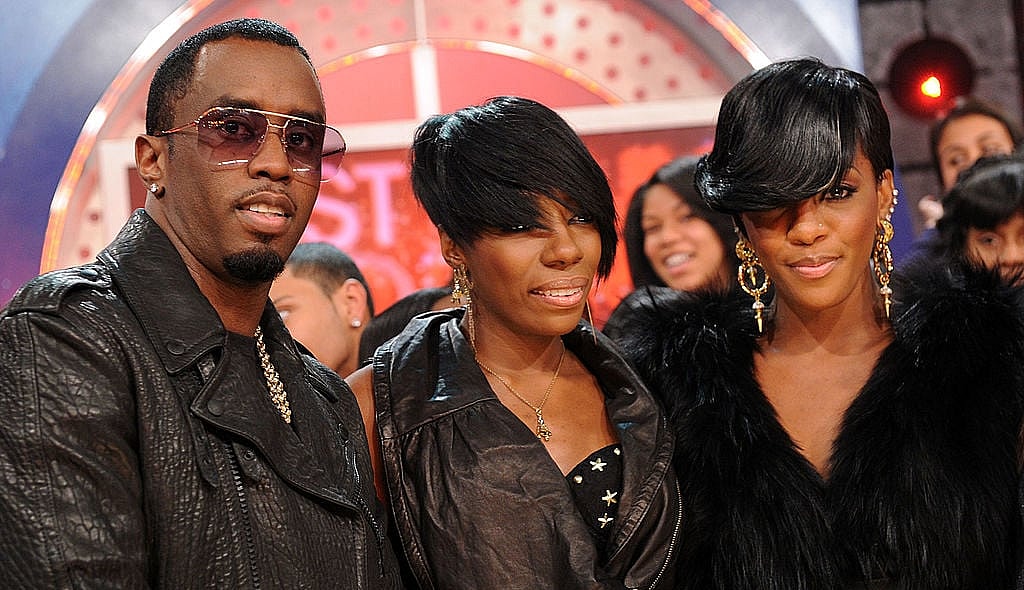WASHINGTON (AP) — Many states are failing to track how frequently children in foster care facilities are abused, sexually assaulted or improperly restrained, leaving them vulnerable to mistreatment, the U.S. Health and Human Services Office of Inspector General said in a report Wednesday.
The findings come just two weeks after a Senate committee investigation revealed children are subjected to abuse in foster care facilities around the country that are operated by a handful of large, for-profit companies and financed by taxpayers.
States that are responsible for the nearly 50,000 children in these facilities are not doing enough to piece together which facilities or companies are problematic, according to the latest federal report.
More than a dozen states don’t track when multiple abuses happen at a single facility or across facilities owned by the same company, the HHS OIG report found.
“We found that many states did not have the information they would need to identify patterns of maltreatment in residential facilities,” the report said.
States are also not consistently sharing information about abuse, even when it occurs at facilities owned by companies that operate across the country.
Federal taxpayers spend billions of dollars on foster care for thousands of children around the country. Some children are placed with families in homes or with their relatives. The most expensive care, which can cost hundreds of dollars a day or more, involves a residential treatment facility — essentially a group home for children. Those children sometimes have complex medical or behavioral needs.
Recommended Stories
In recent years, those facilities have come under scrutiny.
In 2020, for example, 16-year-old Cornelius Fredericks died in a Michigan center after staffers physically restrained him for 12 minutes as punishment for throwing food. Michigan overhauled its care system, prohibiting the facilities from restraining children face down, like Fredericks was. A Philadelphia Inquirer investigation that same year uncovered more than 40 children who were abused at facilities across Pennsylvania.
Those public reports were detailed in the Senate Finance Committee’s investigation released earlier this month.
However, 32 states told the HHS Inspector General that they do not track the abuses that happen in facilities that are run in other states by companies they have contracts with.
HHS should help states track abuses at facilities, as well as ownership information, and create a location for states to share information about the problems occurring, the Inspector General recommended in its report.
“We found that many states lacked important information that could support enhanced oversight of residential facilities for children,” the report says.
HHS said it agreed with the recommendation, but it would not require states to gather such information.










